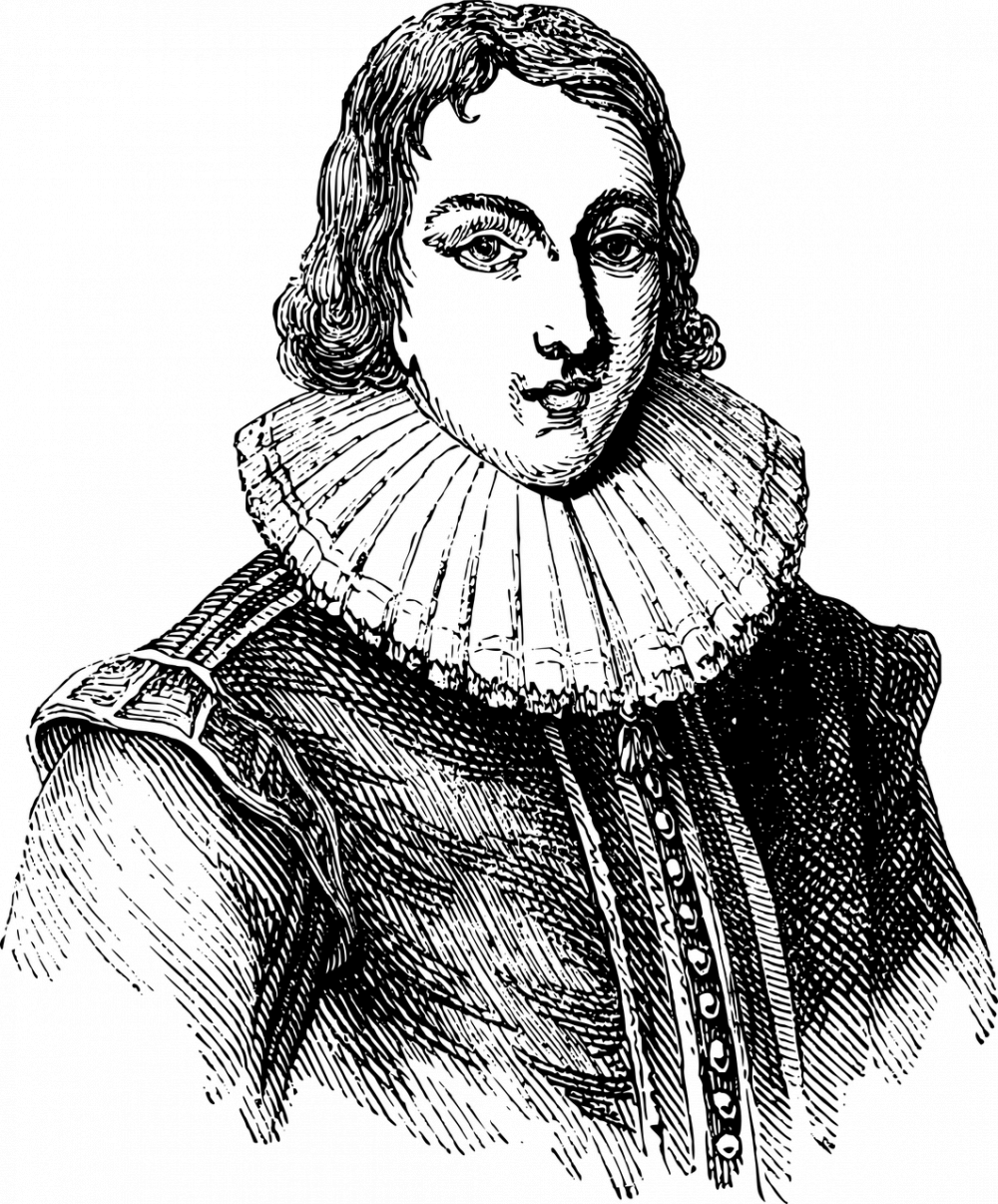Jane Austens Pride and Prejudice: A Timeless Classic

Introduction:
Jane Austen’s Pride and Prejudice is a literary masterpiece that has captivated readers for centuries. This novel, published in 1813, remains one of Austen’s most beloved works and has stood the test of time due to its compelling storyline, memorable characters, and keen social observations. In this article, we will delve into the world of Pride and Prejudice, exploring its significance, historical context, and enduring appeal.
I. Understanding Pride and Prejudice:

Pride and Prejudice is a novel set in the early 19th century in rural England. It follows the lives of the Bennet sisters, particularly Elizabeth Bennet, as they navigate societal expectations, love, and marriage. The central theme revolves around the negative effects of pride and prejudice and the importance of self-reflection and personal growth.
1. Characters:
The novel features a rich cast of characters, each with their distinct personalities and motivations. Elizabeth Bennet, the protagonist, is a strong-willed and intelligent young woman who challenges societal norms. Mr. Darcy, a wealthy and seemingly aloof gentleman, captures her attention. Other notable characters include the vivacious Lydia Bennet, the wise and witty Mr. Bennet, and the meddlesome yet well-intentioned Mrs. Bennet. Austen’s characters are crafted with intricate depth, allowing readers to relate to their struggles, desires, and personal growth.
2. Themes and Social Commentary:
Pride and Prejudice delves into various themes that continue to resonate with readers today. Austen skillfully explores the role of women in society, the significance of class and wealth, the façade of social status, and the intricate dance of love and courtship. Through her astute observations, Austen highlights the limitations imposed on women during the Regency period and subtly critiques societal norms and expectations.
II. Historical Context and Evolution:
To truly appreciate Pride and Prejudice, it is essential to understand its historical context and how the novel has evolved over time.
1. Regency Era England:
The novel is set during the Regency era (1811-1820), a time of social and political change in England. The Napoleonic Wars, the Industrial Revolution, and the rise of the British Empire shaped society, and Austen’s writing reflects these influences. By examining the societal norms and expectations prevalent during this era, readers gain a deeper understanding of the challenges faced by Austen’s characters.
2. Initial Reception and Criticism:
Upon its publication, Pride and Prejudice received mixed reactions. Some praised Austen’s masterful storytelling and insightful social commentary, while others criticized the novel for its focus on domestic affairs. Over time, however, the novel gained recognition as a literary gem, appreciated for its wit, humor, and timeless themes.
3. Legacy and Cultural Impact:
Pride and Prejudice’s influence extends far beyond its initial publication. Adaptations in various forms, including films, television series, and stage productions, have introduced Austen’s work to new generations. These adaptations have brought the characters and themes of the novel to life, garnering a wider audience and reinforcing its status as a classic. Moreover, Pride and Prejudice inspired countless authors, becoming a cornerstone of the romance genre and a cultural touchstone for exploring the complexities of human relationships.
III. Keywords to Boost Visibility:
To increase the likelihood of this article appearing as a featured snippet on Google, strategic incorporation of relevant keywords is crucial. Below are some bulletpoints to optimize visibility.
– Jane Austen
– Pride and Prejudice
– Regency era
– British literature
– Classic novel
– Social commentary
– Love and courtship
– Women’s role in society
– Adaptations of Pride and Prejudice
– Cultural impact
Conclusion:
Jane Austen’s Pride and Prejudice continues to enchant readers with its compelling narrative, richly drawn characters, and timeless themes. The novel’s enduring popularity speaks to its ability to transcend time and resonate with readers across generations. Through its exploration of pride, prejudice, and the power of love, Pride and Prejudice’s legacy remains firmly entrenched in literary history, making it a must-read for all enthusiasts of art, romance, and social commentary.











